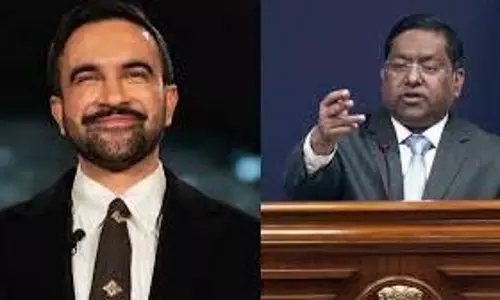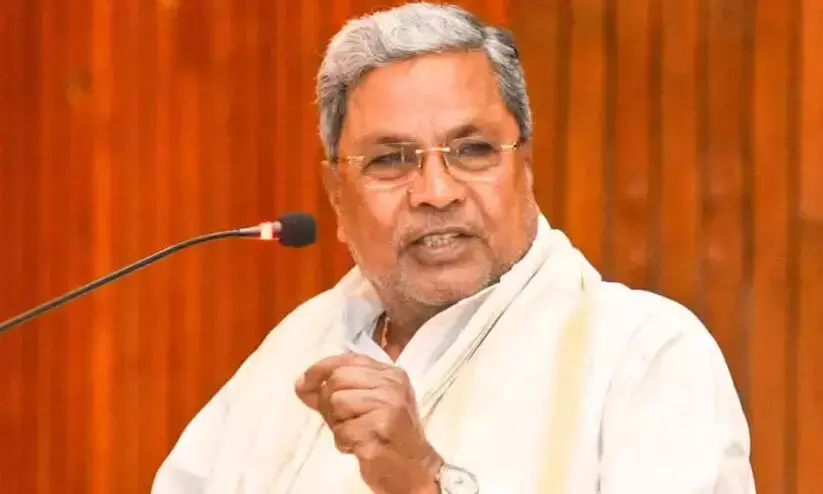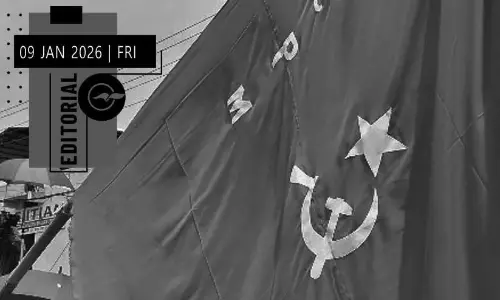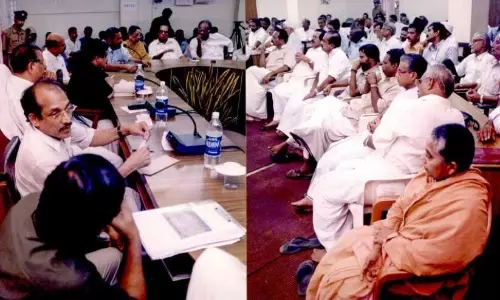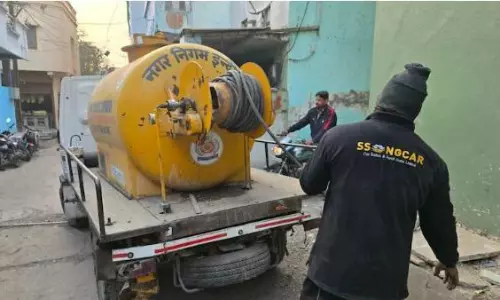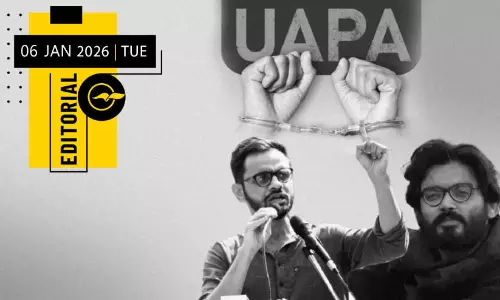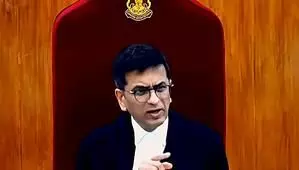
SC to review PIL requesting currency notes be equipped with Braille Integration System
text_fieldsNew Delhi: In order to help visually impaired persons, the Supreme Court agreed on Tuesday to review a Public Interest Litigation (PIL) that sought guidelines for the Braille Integration System's implementation across all public and private sector domains.
After issuing the notice, a bench led by Chief Justice DY Chandrachud and made up of Justices JB Pardiwala and Manoj Misra sought comments from the central government and state governments within four weeks.
The plea filed through advocate Nishant Kumar specifically sought the implementation of the Braille Integration System in currency notes, product labels, public spaces, and education at all levels.
The PIL highlighted that the country is lagging behind other nations in providing visually impaired people adequate facilities to live life with dignity and equal opportunity even though the advent of braille and other supportive technologies have provided some succour against loss of vision.
Apart from the plethora of challenges faced by visually impaired people, they face difficulty in identifying currency notes, reading product labels and medicine management, navigating public places and accessing information, the plea said.
It added, “The current institutions/structures have discriminated against visually impaired persons by failing to implement the braille system in day-to-day activities and transactions. Such non-implementation puts such a class of persons at a significant disadvantage as they cannot access public services, facilities, and infrastructures on an equal basis with others.”
Further, the PIL said that the failure to recognise such indirect or hostile forms of discrimination against visually impaired people undermines the constitutional principles of equality, accessibility, and dignified life as enshrined under Articles 14, 16, 19, and 21 of the Constitution.
According to the National Blindness and Visual Impairment Survey, almost 6.2 million people are blind in India and the prevalence of blindness varies by region and demography with rural areas having a 1.37 times higher rate than urban areas.
“The problem is not that someone is blind, but it is the society which is acting blind towards the needs and problems of such blind people,” the PIL said.
With inputs from IANS







